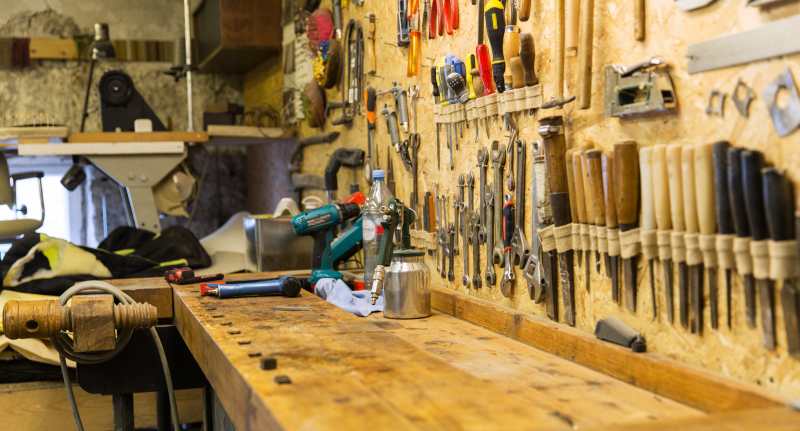A shipping container workshop is a fantastic idea, whether you need a business workshop or a place to carry out your DIY projects. You can add all the features you need for your workshop by modifying a shipping container, such as windows, doors and electricity.
A well-stocked shipping container workshop is vital to any project’s success. There’s nothing more frustrating than losing momentum in the middle of working on your projects because you don’t have the tools you need for the next step.
Any workshop space should have several multi-purpose tools for home improvement, maintenance projects and occasional hobbies. Although your workshop toolbox will grow as you work on various projects, there are some essential tools you need to stock beforehand.
Setting up your workspace
The first step is determining the specific purpose of your shipping container workshop. Once you identify what you’d like to do, it’s easier to decide how you need to design the space.
Your shipping container workshop requires work surfaces and storage space for your tools. For an aesthetic appeal, you can install laminate flooring. If you plan to add heavy-duty equipment, the steel floors can accommodate machinery or tools.
If security is a concern, ensure you install additional security or locking systems. A steel ramp at the door’s edge is helpful when moving in heavy tools, furniture, and machinery.
Planning your shipping container workshop design
Shipping containers have versatile design options, so you can customise your workshop as you see fit. You can start by connecting electricity and installing outlets in strategic positions. Alternatively, you can install solar panels so that your workshop is independent and fully self-sufficient.
Whether you’re an expert or just starting out, here is a list of twelve must-have tools for your shipping container workshop.
Workbench

A workbench is among the first items you should install in your workshop. It’s an important work area for most small-scale repairs and DIY projects.
A workbench doesn’t have to be professional; you can build one yourself to cut costs. For instance, you can reuse an old wooden door by nailing it to two sawhorses. A medium-density fibreboard plank works fine if you don’t have an old door.
You can also buy a workbench kit with the necessary materials and guidelines to assemble it.
Safety equipment
Your safety in the workshop is paramount. Regardless of your experience level, safety gear should come first when working with any tool.
Ensure you set aside a safety area for items such as disposable respirators, gloves, goggles, face shields, and earplugs. If the gear is well-organised and visible, it will be easier to remember to use it.
Air circulator
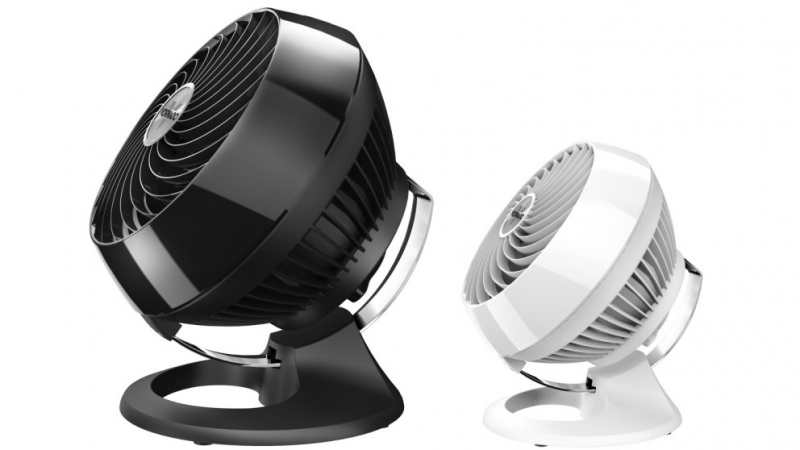
Your shipping container workshop may have electricity, but there’s a high chance you haven’t connected it to your home’s central air conditioning unit. It will be challenging to work during chilly winter and hot summer days.
Installing a small air conditioner is an option, but it will increase your power bill. The best alternative is a high-velocity air circulator, as it’s very effective in removing hot, humid, or stagnant air from your workspace.
An air circulator is a high-performance fan that generates a solid breeze to push hot air away. It has pivoting heads that help direct the cool air to the desired areas.
Most models come with full-tilt air control and multi-functional remote controls. They also have automatic power-off to save energy and fused safety plugs to ensure your safety.
You can place an air circulator on any level surface like the workbench or floor. You can also mount it on the wall or move it from one area to another as you work.
Extension cords and power strips
In most cases, you’ll simultaneously use multiple tools or electronics. Instead of installing numerous power outlets for low power load tools and machines, you can invest in quality extension cords or power strips.
When shopping for extension cords, consider the workshop space that you have so you can select the appropriate cord length. Buying a longer cord than necessary could become a tripping hazard, while a shorter cord can limit your work area.
Lighting
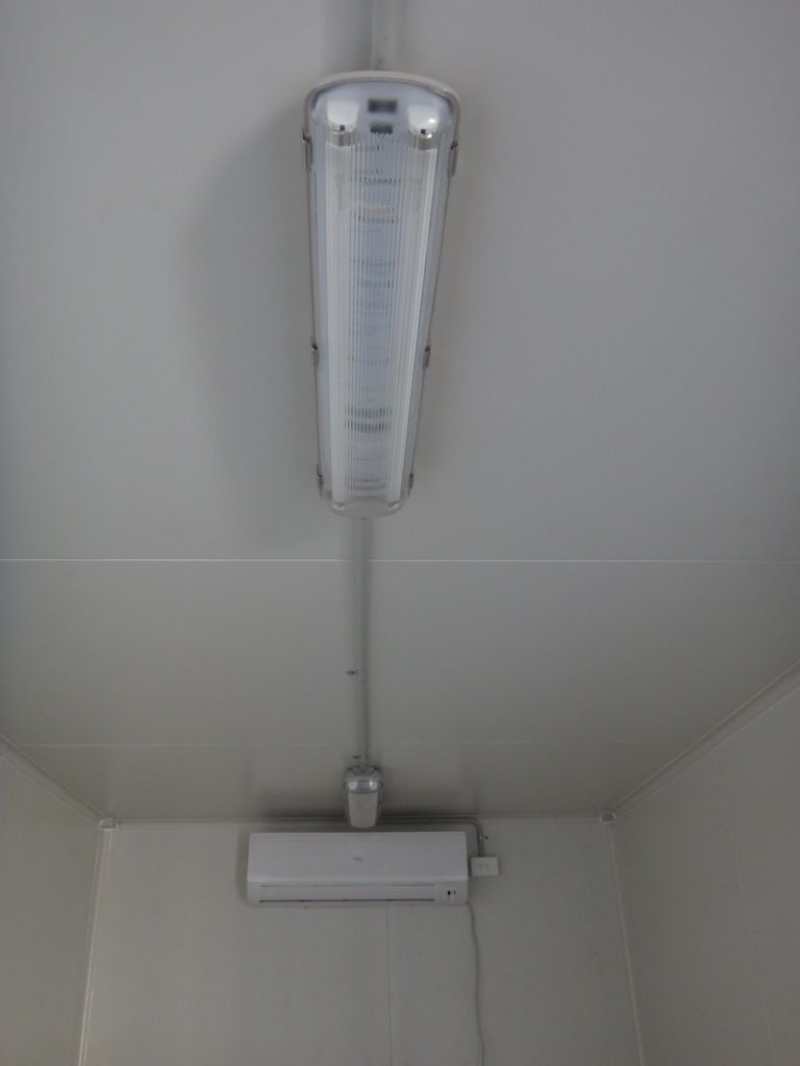
Your shipping container workshop should have adequate lighting. Proper illumination is essential, especially when working with power tools at night or with the door closed.
One reliable type of lighting for this setting is halogen or LED lighting. Consider the bulb placement above your workbench that will cause the least distraction by your shadow.
When shopping for lights, consider the lumens instead of watts. It’s a better representation of the bulb’s brightness.
Power tool organiser
Cordless drivers and drills are popular tools in most workshops. Their chargers and spare batteries often clutter the workspace.
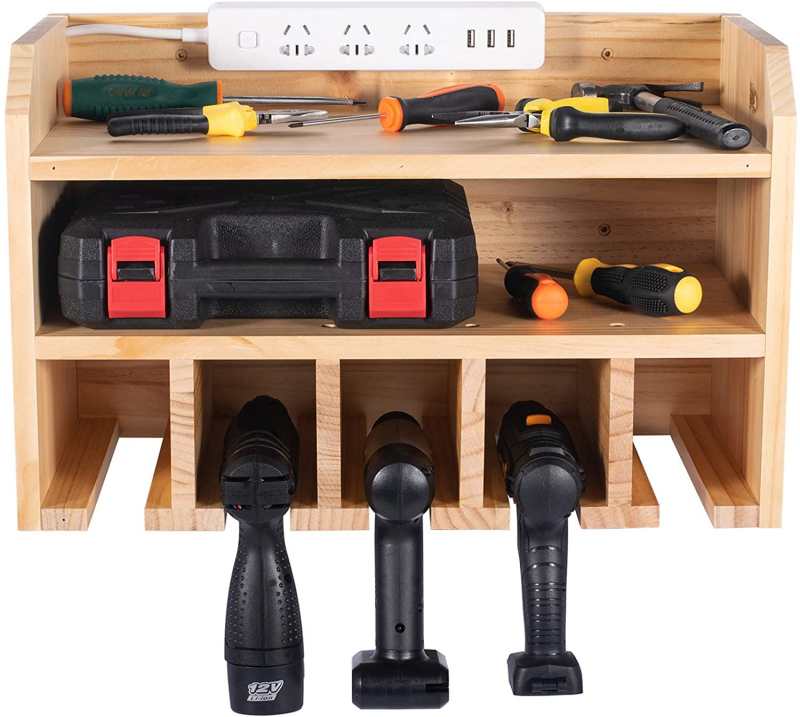
A power tool organiser is an excellent organisational solution for these tools. Some have two top shelves and can accommodate five cordless drivers or drills.
When it has a vertical design, it occupies minimal space and easily allows you to access your tools. You’ll also find a slot for the cords at the top where you can install a surge protector to make it your charging point.
Hammers
Every workshop should have one or more hammers. There are several hammer variations, but any will do for general woodwork unless you have a particular need.
For instance, you can choose an anti-vibration hammer. It has a tuning fork embedded in the padded handle to minimise vibration when in use.
If you’re a novice in woodwork, you can choose a hammer with a magnetised head. It’s convenient in protecting your fingers when hitting nails. Remember that smooth-faced hammers won’t leave marks on surfaces, but textured faces create more traction with the nails.
A rubber mallet is also handy when working with soft wooden surfaces and stakes.
Pliers
Pliers are a must-have for your shipping container workshop. You’ll have an easier time when twisting, gripping and turning wires, stubborn lids, nuts and screws.
Pliers are available in several variations. For instance, long-nose pliers help grip small wires while expandable pliers grip larger diameters.
It’s best to get the ordinary slip-joint pliers since they are multi-purpose. There’s a bolt near the teeth, expanding and opening wider to accommodate larger objects.
When shopping, ensure you select pliers with a 2.5-inch (about 6 centimetres) space between the handles in a closed position. It helps to protect your fingers from pinging when in use.
Screwdrivers
It’s essential to have a few variations of the screwdriver in your workshop. The Phillips-head screwdriver has a metallic tip shaped like a cross and it suits most screws with a cross-shaped tip, the most common screw type.
A slot head or flathead screwdriver suits regular screws with a linear depression at the top. Since the tip is similar to a wedge, it also comes in handy for scraping or prying items.
The screwdriver you select should have a textured and cushioned grip. This grip will help you handle tight screws. Ensure you get varying handle lengths to fit various spaces.
Level
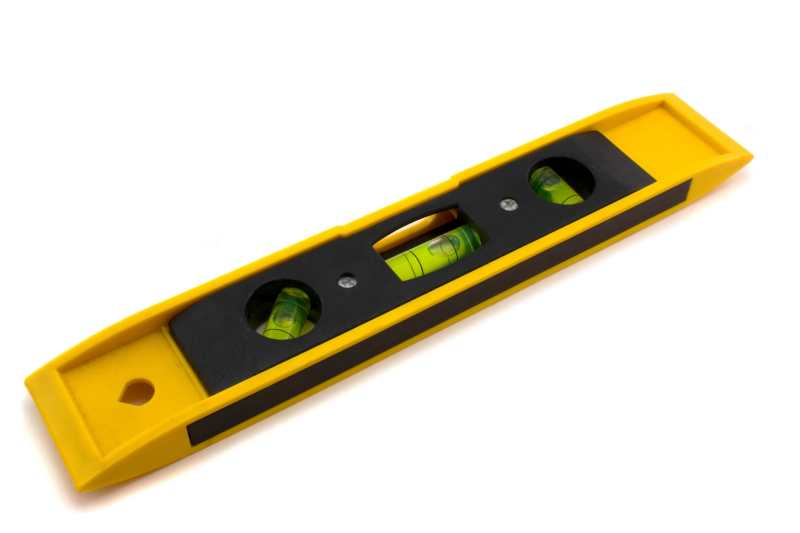
A level is an essential addition to your shipping container workshop. It’s the best tool to determine whether horizontal surfaces have balance.
A level has a small glass tube with a bubble at the centre and a metallic, wooden or plastic frame. Once you place the gadget on a surface, check the bubble position between the two vertical lines.
If the bubble is not in the centre of the two lines, your surface is not level. Most levels are either 2ft (61 cm) or 4ft (122 cm) long, but longer ones are also available. It’s best to avoid plastic levels for durability purposes.
Tape measure
Every workshop needs a tape measure for most projects and repairs. The best type is the metallic retractable tape measure. Go for one that can extend at least 6ft (1.8 metres) without bending.
It should have an L-shaped tip that can attach to surfaces.
A 16-foot (4.8 metres) long tape measure is enough for most tasks, but you can also get the 25 ft (7.6 metres) tape measure. The markings should be visible and easy to read.
Handsaw
Your shipping container workshop should have two types of handsaws. A ripsaw cuts parallel to the wood grain and has downward-facing teeth that move left and right when in use.
A crosscut saw cuts against the wood grain and has backward-angled teeth. Check the teeth to ensure they are sharp and evenly set into the blade. The blade should be straight as an arrow with a tapered end.
Final thoughts
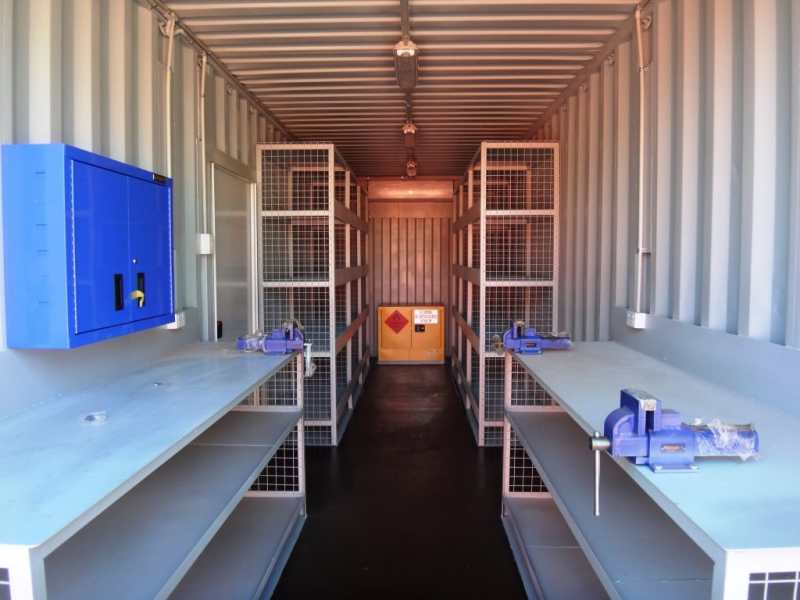
When shopping for workshop tools, focus on quality rather than price. High-quality tools are durable, carefully assembled, heat-tempered, and well-balanced. You don’t have to buy all the tools simultaneously when working with a budget.
Looking to have your own shipping container workshop?
Your shipping container workshop starts with an affordable shipping container. Gateway’s mobile workshop containers are perfect for all your workshop needs.
We can customise the container by adding windows, doors, shelving, and power based on your particular needs. Our team of experts will help add all the necessary accessories.
Get in touch today and start building the shipping container workshop of your dreams.
